Table of content
Cooking pig trotters, also known as pig’s feet or hocks, can be a delightful culinary experience, especially when done right. These meaty, collagen-rich parts of the pig are prized for their tender texture and rich flavor once cooked properly. However, achieving that perfect balance of a short cooking time and a tender, fall-off-the-bone result can be challenging. In this article, we’ll explore various techniques and tips to ensure your pig trotters are cooked to perfection in no time.
Understanding Pig Trotters
Before diving into the cooking process, it’s essential to understand what makes pig trotters unique. They are composed mainly of bone, skin, and a small amount of muscle. The skin and bones are rich in collagen, which turns into a gelatinous texture when cooked, providing a mouthwatering, silky feel. The challenge lies in breaking down the collagen and muscle fibers efficiently to achieve tenderness without overcooking and drying out the meat.
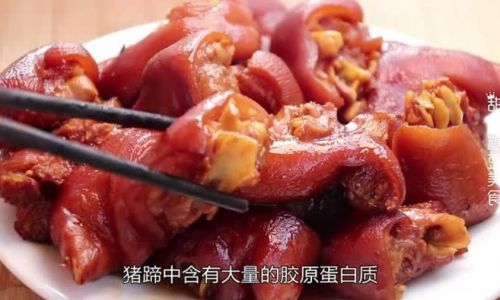
Preparation is Key
-
Cleaning and Trimming:
Start by thoroughly cleaning the pig trotters. Remove any hair, dirt, or debris using a sharp knife or scissors. Trim off any excess fat if desired, but remember that some fat can add flavor and moisture during cooking. -
Soaking:
Soaking the trotters in cold water for a few hours or overnight can help draw out impurities and blood, resulting in a cleaner flavor. Change the water occasionally if soaking for an extended period. -
Blanching:
Blanching the trotters in boiling water for about 10 minutes can further remove impurities and tighten the skin, which helps it hold its shape during longer cooking times. After blanching, rinse them under cold water to stop the cooking process and remove any remaining scum.
Cooking Methods
There are several methods to cook pig trotters quickly and tenderly. Each has its own set of benefits and can be tailored to your preferences and available kitchen equipment.
Pressure Cooker Method
Using a pressure cooker is one of the most efficient ways to cook pig trotters. The high pressure and steam environment break down collagen and muscle fibers rapidly, resulting in tender, flavorful trotters in a fraction of the time it would take on the stove or in the oven.
-
Ingredients:
- Pig trotters
- Water or broth
- Aromatics (onions, garlic, ginger, bay leaves, etc.)
- Seasonings (salt, pepper, soy sauce, etc.)
-
Instructions:
- Place the cleaned and blanched trotters in the pressure cooker.
- Add enough water or broth to cover the trotters by about an inch.
- Add your choice of aromatics and seasonings.
- Lock the lid and bring the pressure cooker to high pressure.
- Cook for about 45 minutes to an hour, depending on the size and desired tenderness.
- Allow the pressure to release naturally for better flavor extraction, or quick-release if you’re in a rush.
- Check for tenderness and adjust cooking time if necessary.
Slow Cooker Method
While the slow cooker might not be the fastest method, it’s incredibly convenient and can still yield tender, flavorful trotters with minimal effort. The low and slow cooking process allows the collagen to break down slowly, creating a rich, gelatinous broth.
-
Ingredients:
Same as for the pressure cooker method. -
Instructions:
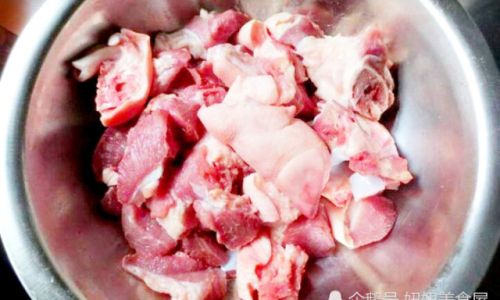
- Place the trotters in the slow cooker.
- Add water or broth, aromatics, and seasonings.
- Cover and cook on low for about 6-8 hours, or until the trotters are tender.
- Check for tenderness periodically and adjust cooking time if needed.
Stovetop Method
For those who prefer a more traditional approach, cooking pig trotters on the stovetop is a viable option. It requires more attention and a bit longer cooking time but can yield excellent results with the right techniques.
-
Ingredients:
Same as above, but you may also want to add some acidic components like vinegar or tomatoes to help tenderize the meat. -
Instructions:
- In a large, heavy-bottomed pot, combine the trotters, water or broth, aromatics, seasonings, and any acidic components.
- Bring to a simmer over medium-high heat, then reduce to low and let it simmer gently, uncovered, for about 2-3 hours, or until the trotters are tender.
- Skim off any foam or scum that rises to the surface during cooking.
- Check for tenderness and adjust cooking time as needed.
Finishing Touches
Once your pig trotters are cooked to perfection, there are several ways to finish and serve them to enhance their flavor and presentation.
-
Glazing:
For a glossy, sticky finish, you can glaze the cooked trotters with a mixture of honey, soy sauce, and a touch of vinegar or hoisin sauce. Bake them in the oven at a high temperature (around 400°F or 200°C) until the glaze caramelizes. -
Sauces:
Serve the trotters with a rich, flavorful sauce like a soy-ginger dipping sauce, a spicy chili sauce, or a creamy mustard sauce to complement their rich texture. -
Garnishes:
Add a sprinkle of fresh herbs like parsley, cilantro, or scallions for a fresh, bright flavor. A squeeze of lemon or lime juice can also brighten up the dish.
Conclusion
Cooking pig trotters quickly and tenderly is achievable with the right techniques and equipment. Whether you opt for the convenience of a pressure cooker, the set-it-and-forget-it ease of a slow cooker, or the traditional stovetop method, the key is to understand the cooking process and be patient. With a bit of practice and attention to detail, you’ll be able to enjoy delicious, tender pig trotters that are sure to impress even the most discerning palate. So, don’t be intimidated by their tough exterior; with the right approach, pig trotters can be a delightful addition to your culinary repertoire.
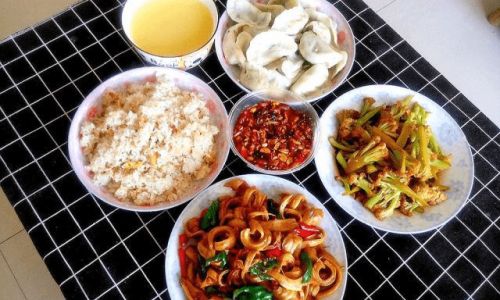
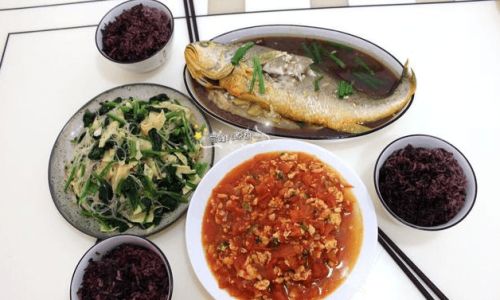
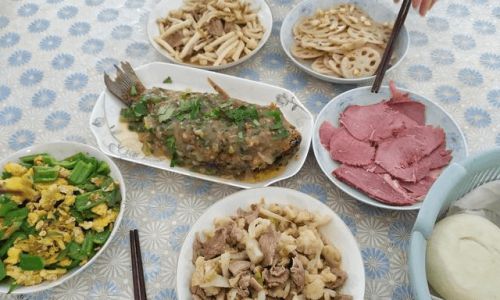
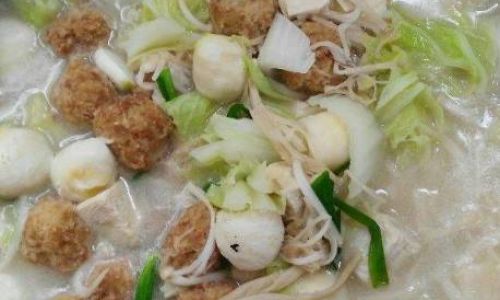
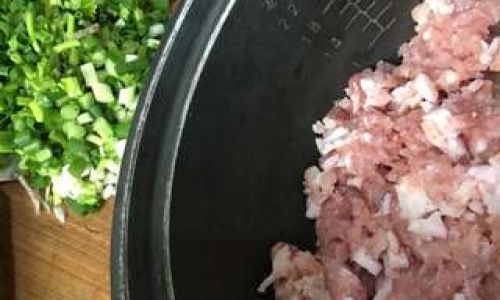

0 comments